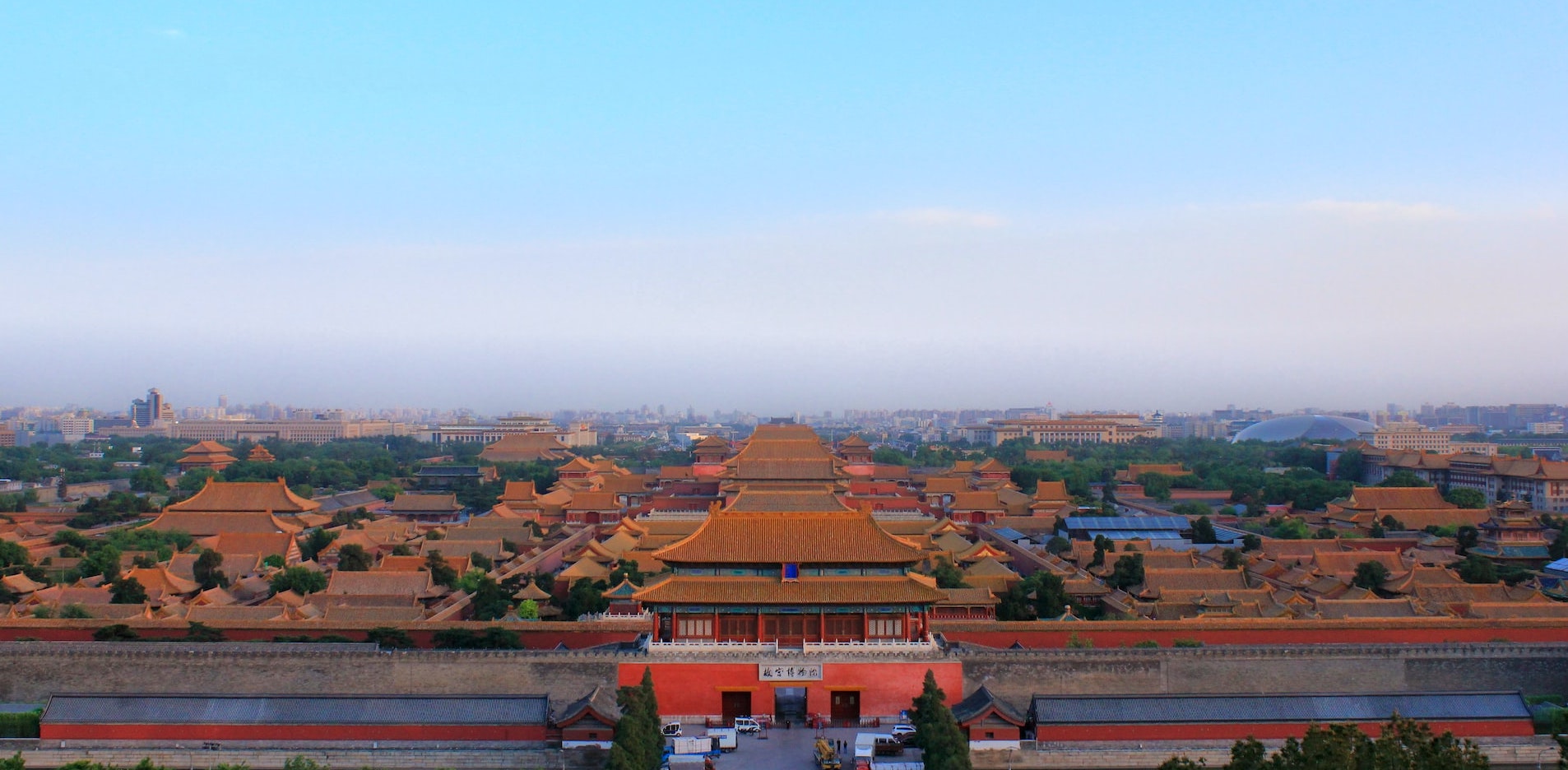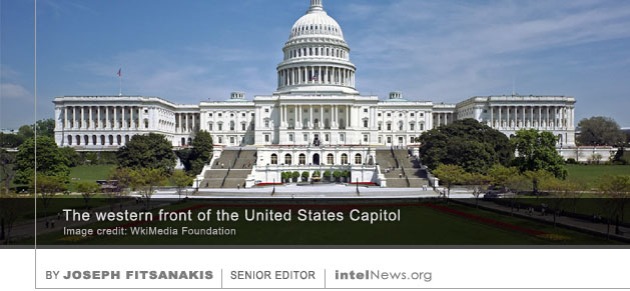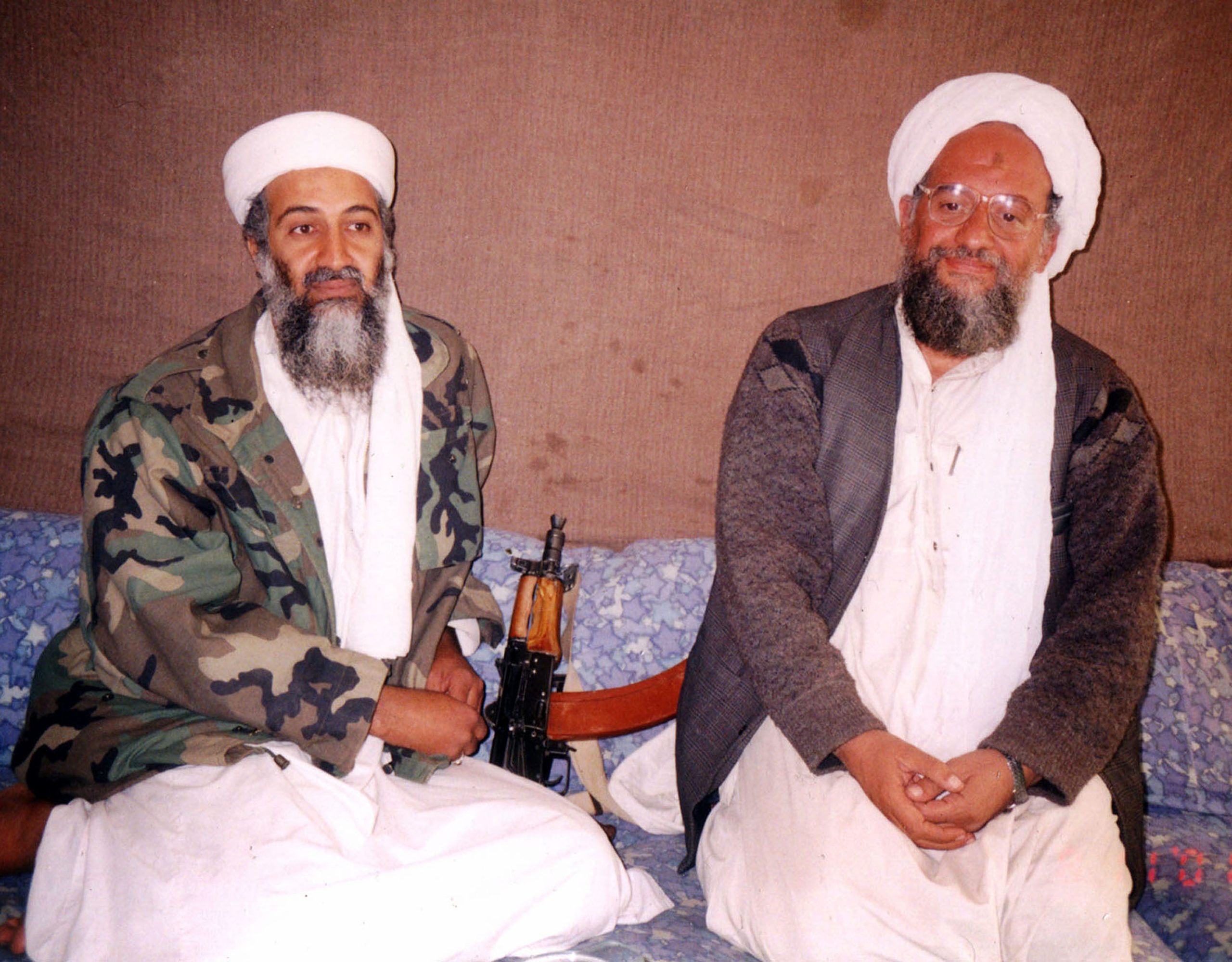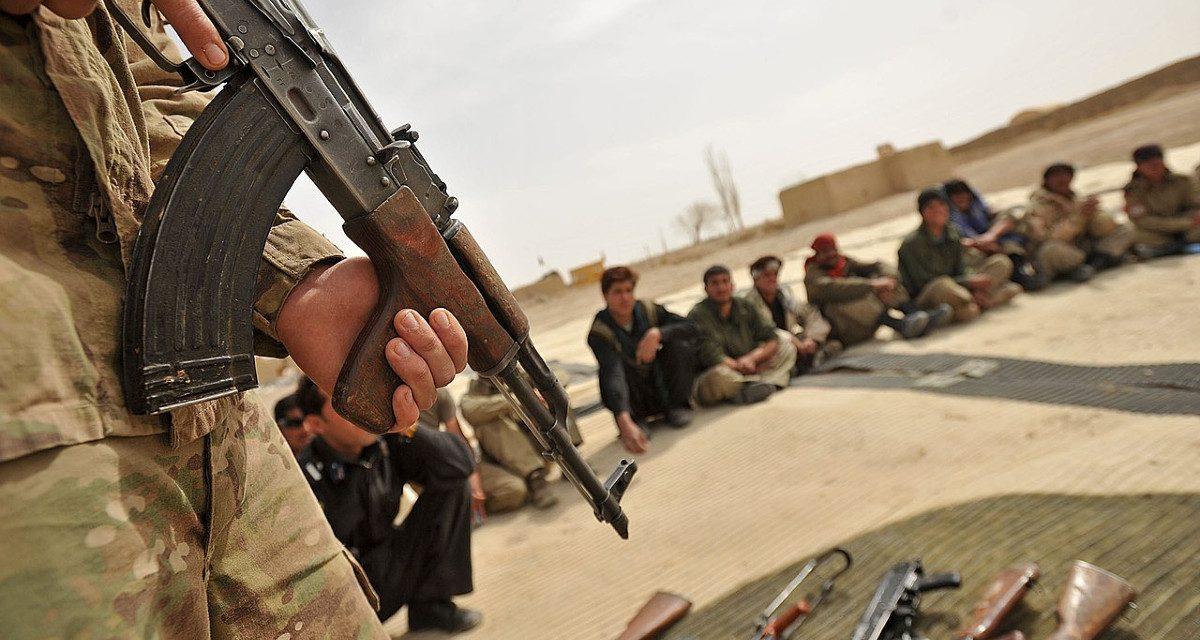Douglas Macgregor

In 1979, President Carter formally abandoned the 1954 Mutual Defense Treaty with Taiwan. Carter’s action abruptly ended Washington’s commitment to defend Taiwan against attack from the Chinese mainland. Yet, in an answer to a journalist’s question about whether he would use military force in response to a Chinese invasion of Taiwan, President Biden stated, “Yes, that's what we are committed to.”
When it comes to defense and foreign policy, there are very few stone-cold realists in Washington’s policy-making circles. Since 1945, with a few notable exceptions, most American presidents have tended to put short-term political celebrity or ephemeral liberal causes ahead of tangible, concrete national interests in America’s relations with other nation-states. Biden is no exception to the rule.
Guided more by impulse and emotion than reason or knowledge of the facts, President Biden, like most of Washington’s ruling political class, may be privately pleased with Speaker Pelosi’s visit to Taipei. When Speaker Pelosi’s visit to Taiwan is viewed in the context of Biden's self-evidently thoughtless remark, however, it is clear that the combination is having a negative impact across Asia.




:quality(100)/cloudfront-us-east-1.images.arcpublishing.com/thesummit/V5YIOFZOJZDCJN5ZOUOU7BFECU.jpg)
:quality(100)/cloudfront-us-east-1.images.arcpublishing.com/thesummit/DEZCB4Y5CBGXXG7NQGV7JNLYKM.jpg)
:quality(100):focal(2564x1470:2574x1480)/cloudfront-us-east-1.images.arcpublishing.com/thesummit/37CBS5UEPJHVVCFU6QE7L3HGAU.jpg)











